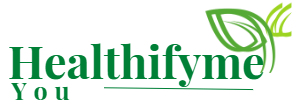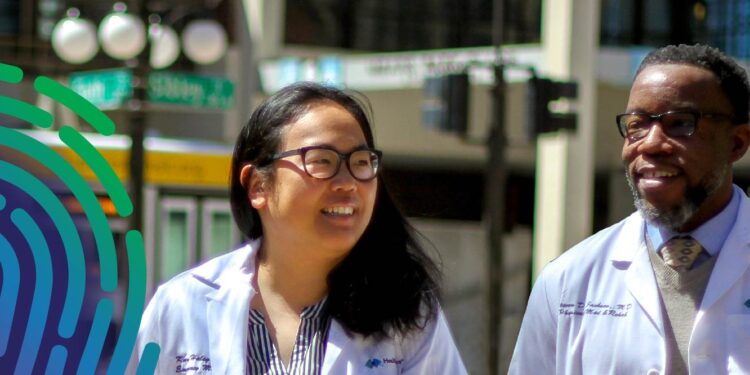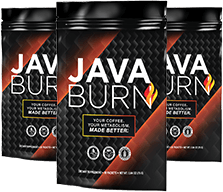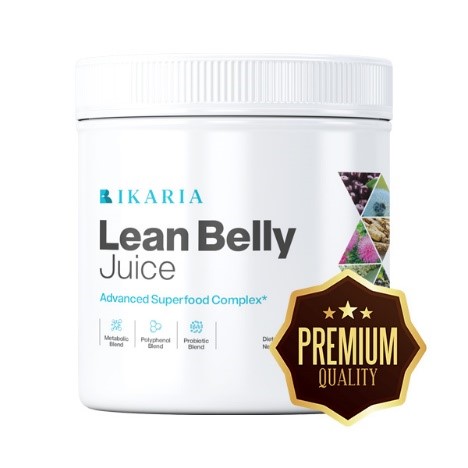While opioid dependancy impacts a variety of individuals, sure teams are disproportionately impacted resulting from social, financial and health-related elements. Unfortunately, essentially the most weak populations are sometimes much less prone to obtain remedy for an dependancy or substance use dysfunction.
In this episode of Off the Charts, Dr. Aaron Burnett, medical director for Regions Hospital emergency medical service and the St. Paul Fire division, and Steve Sampson, assistant chief of the St. Paul Fire division, focus on the opioid disaster on St. Paul streets and what they’re doing to satisfy folks the place they’re at. Listen to the episode or read the transcript.
The opioid disaster near residence
Since the Nineties, there’s been a gentle improve in dependancy and overdose deaths associated to opioids (prescription and unlawful), each nationally and inside our native communities. Then, about 5 years in the past, opioid use and misuse jumped exponentially. In Minnesota, the number of overdose deaths had been almost thrice larger in 2022 than they had been in 2018.
Steve recollects seeing a map in May of 2024 that confirmed the influence of the opioid disaster on St. Paul. “There was not a single corner, a single street, a single ward that wasn’t impacted by it.”
This improve is probably going associated to the COVID-19 pandemic, a rise in unhoused populations and a shift within the kinds of narcotics that individuals are utilizing.
Aaron explains, “What we’ve seen is, individuals who are using drugs recreationally on the street have started to use opioids much more commonly. And that likely has some to do with the physician prescribing practices about 15 years ago and has some to do with the industrial quantities of fentanyl, which can be made in a factory.”
Addressing the fast want
The first precedence in an opioid emergency is stopping overdose. That’s the place Narcan (naloxone) is available in. It’s a life-saving medicine used when somebody is experiencing or suspected of getting an opioid overdose.
Opioids bind to receptors (attachment websites) within the mind and body that management ache and respiratory. In high doses, they will sluggish respiratory to harmful ranges or cease it altogether. Narcan acts as an opioid blocker. It rapidly binds to those self same receptors, displacing the opioids and serving to the person start respiratory once more. While Narcan stops the overdose, it doesn’t assist with withdrawals or the underlying dependancy.
Steve says, “The withdrawal syndrome you go through when you stop opiates is very disturbing, very painful and unlike what we see with other drugs such as cocaine or methamphetamine.”
To handle withdrawal signs, folks typically take extra opioids. So it’s not unusual for folks to overdose once more, generally having a number of overdoses inside 24 hours. This is heartbreaking and irritating.
“Our folks were craving an ability to help these folks beyond what we currently had, which was essentially Narcan, and then the ability to get them to a hospital,” says Steve.
More than a short-term answer
Thanks to the brand new Suboxone program, groups responding to overdose calls at the moment are in a position to provide assist that will stop future overdoses.
Suboxone is a drugs that may assist folks break freed from opioid dependence. It works by decreasing withdrawal signs and cravings related to stopping opioid use.
Aaron notes, “Studies in the medical literature show that if you get people started on Suboxone right after they overdose, the number of patients who remain sober, remain in treatment, and ultimately the number of patients who don’t die improves.”
Meeting folks the place they’re at
Suboxone has been used for many years to deal with opioid use dysfunction (OUD) and different circumstances. The distinction is the medicine is now being taken into the group and provided to weak populations who didn’t have entry to it earlier than.
There are causes that weak populations could keep away from conventional health care. For some, it’s the ability imbalance between sufferers and suppliers. Others could really feel let down by a system that hasn’t served them nicely up to now. And for some, authorized considerations could also be a barrier to looking for care. But the Suboxone program bypasses these considerations, permitting for well timed, compassionate care.
“We have the ability to meet them where they are. Whether that’s an encampment, whether that’s in their mom’s basement, wherever it is,” Steve says. “And if they meet the certain parameters to receive the medication, we’ll give it to them. The other thing is that, if they’re not ready, we’ll just have those conversations, be able to follow up with them potentially in the future.”
Creating consciousness on the entrance traces
Being in a position to provide Suboxone is a start. But there’s work to be completed to create consciousness about its availability and worth. Steve, Aaron and their groups are working arduous to share details about this system with group leaders, shelter employees, librarians and others who work together with weak populations every day.
“They’re already kind of living in this world,” Steve says. “They know who those folks are that are suffering from opioid-related addiction. They know the groups and the encampments specifically that are ravished with these substances.”
Steve says these conversations are “generating additional awareness to what we’re showing up with, or what we can show up with.”
Partnering with the group for sustainable success
While there have been nice successes up to now, Steve and Aaron count on this system to alter and evolve. One space of focus is connecting folks with extra complete providers to assist them overcome dependancy.
“We got good community partners who are helping to guide us, but we’re going to learn a lot along the way. And I have no doubt this will look a little bit different a year from now than it does today,” says Aaron.


















Discussion about this post